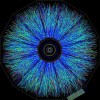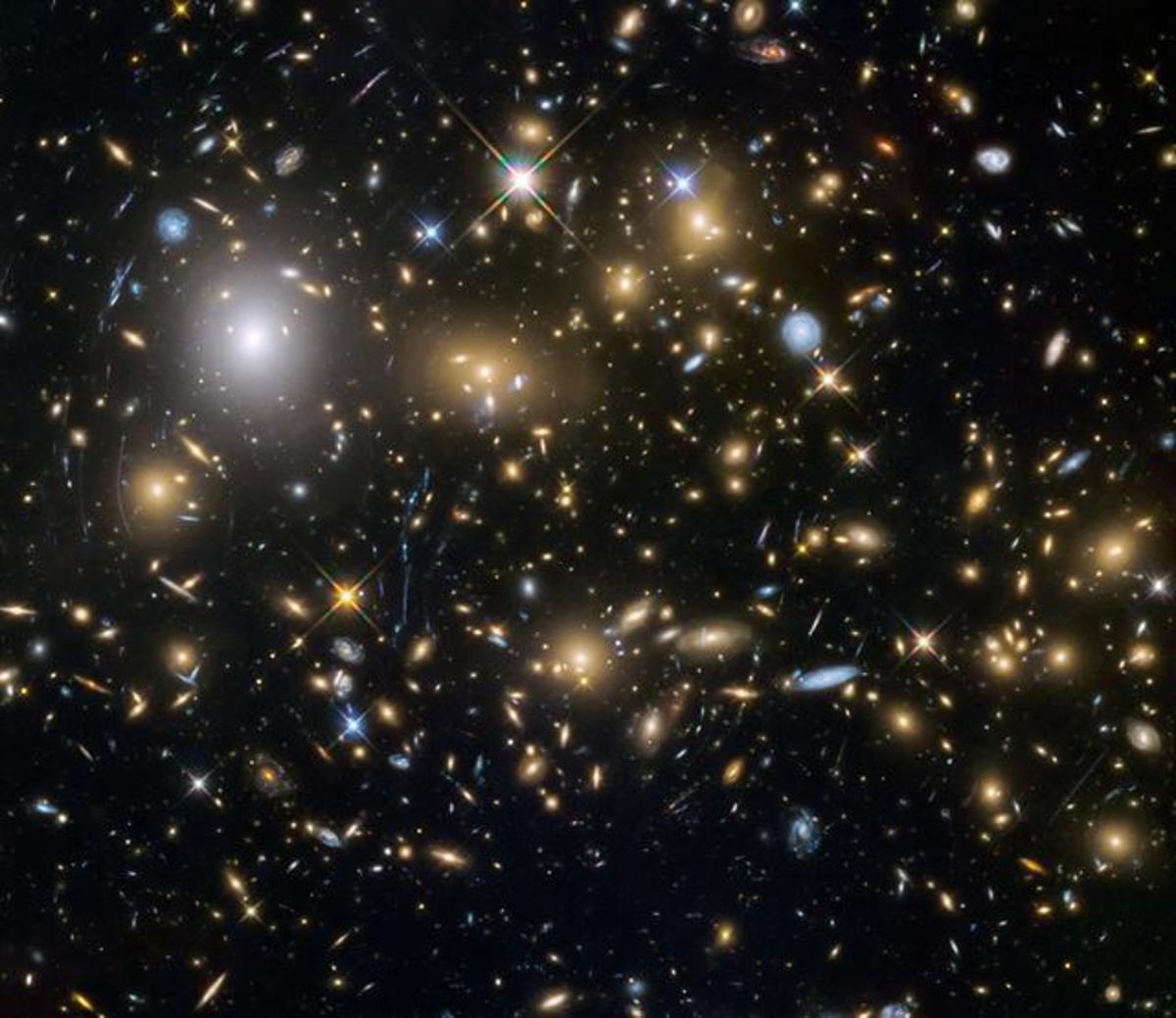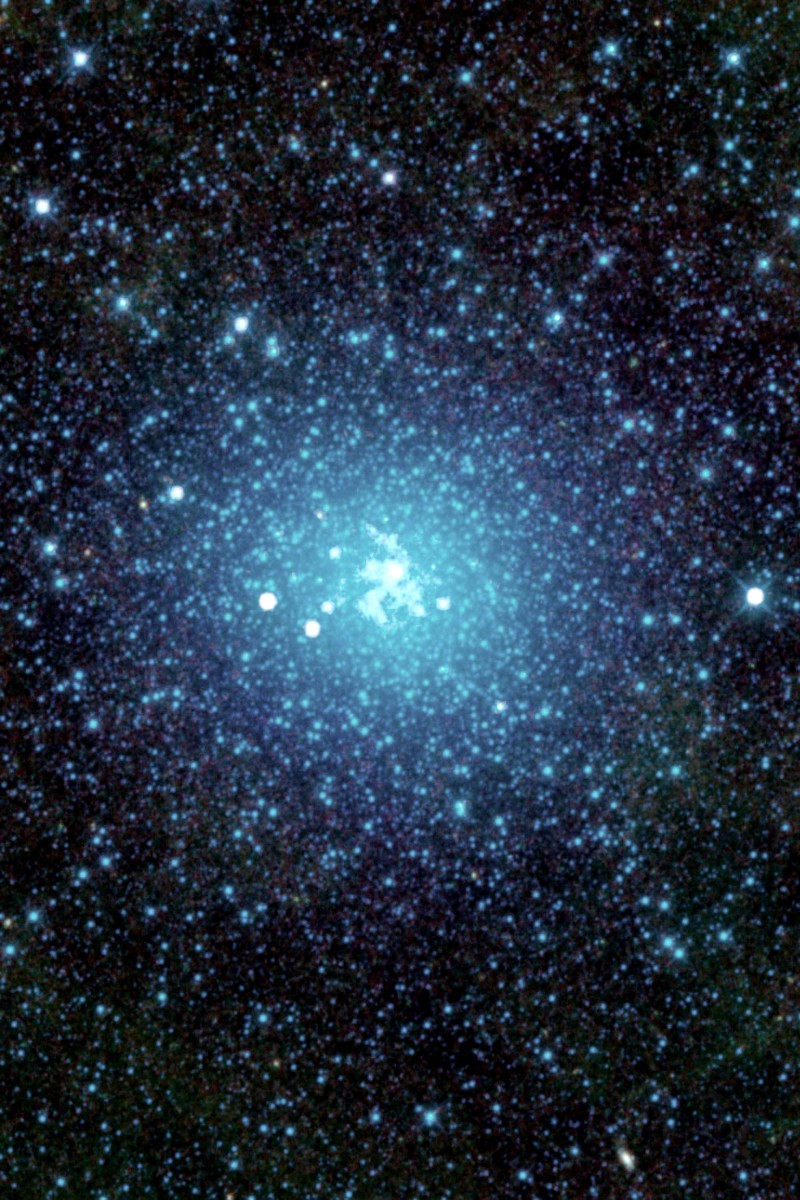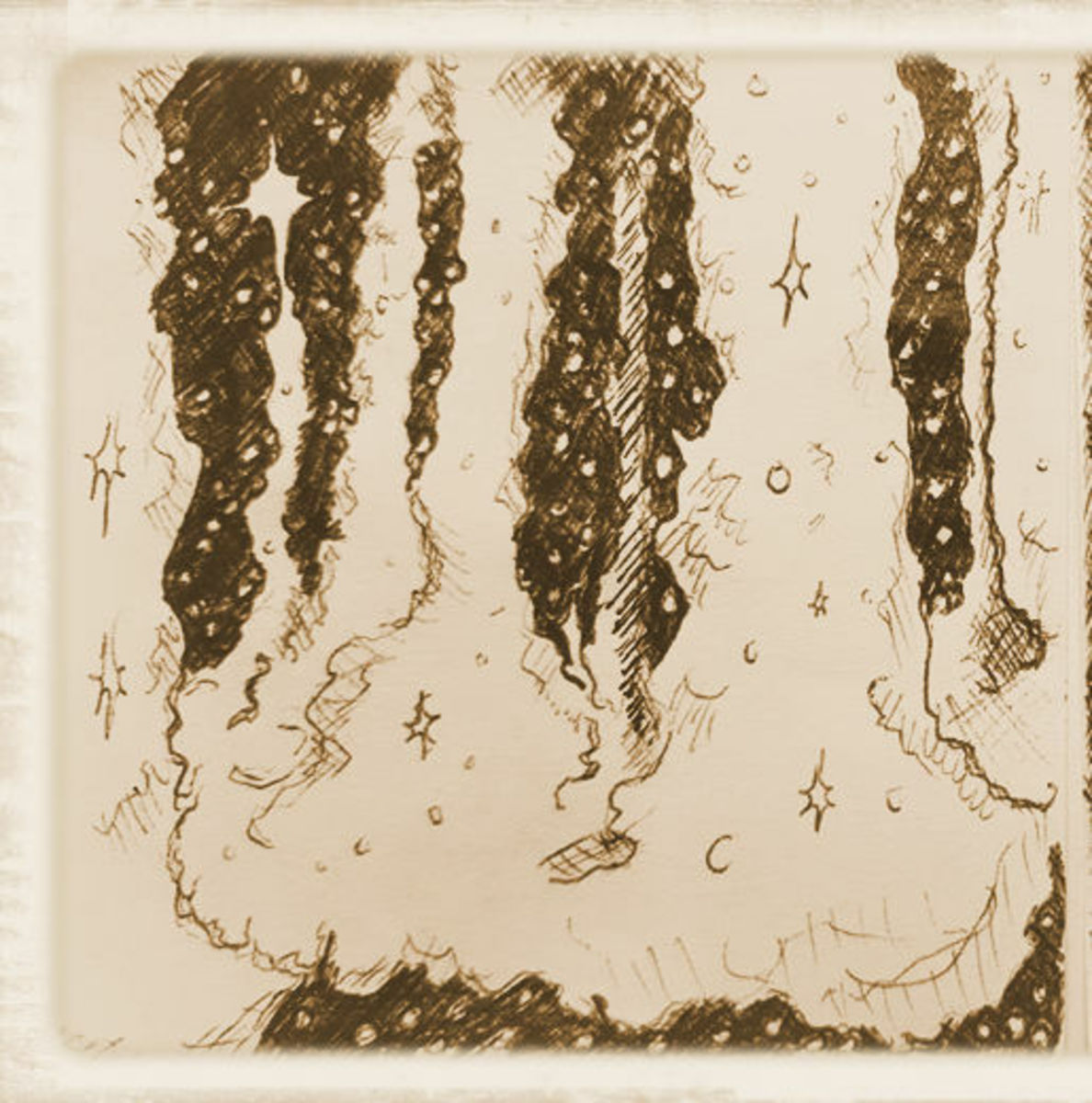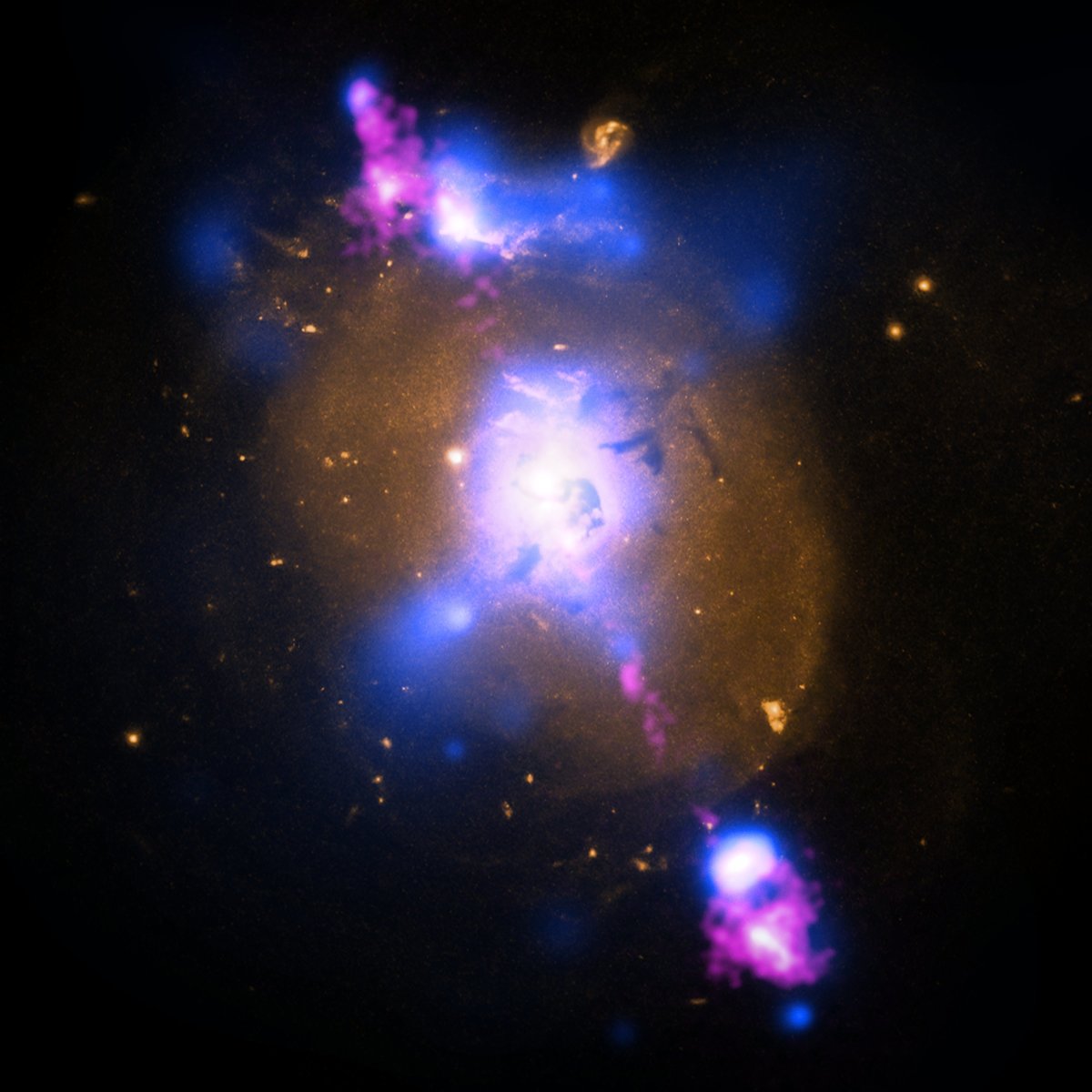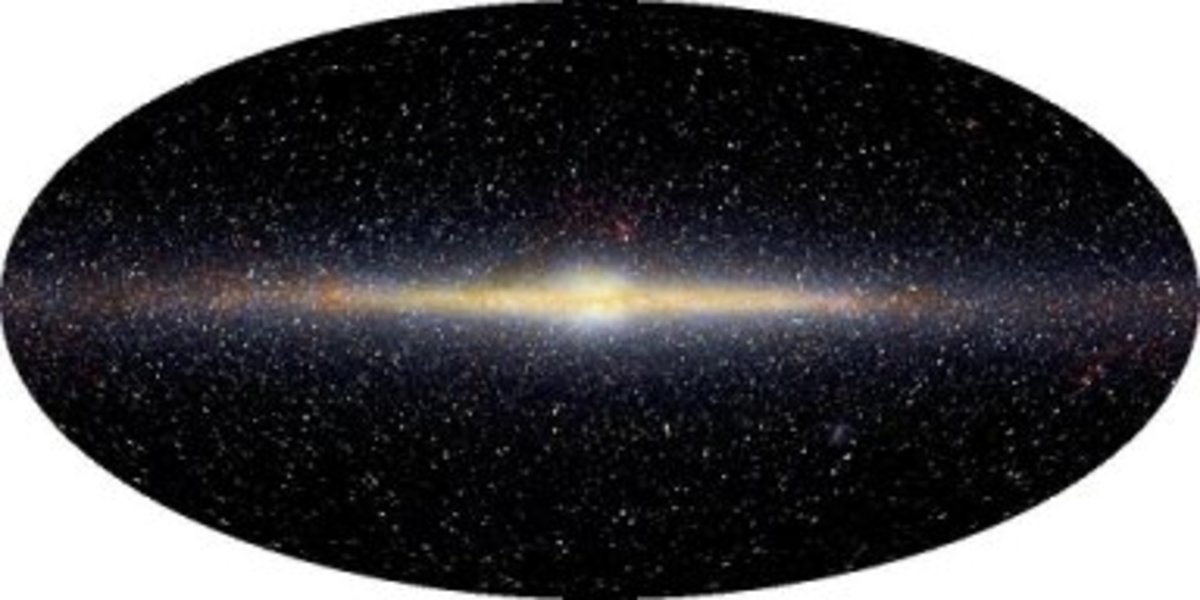The Evidence for Dark Matter
Dark matter is the name given to the matter that holds together the Milky Way and other galaxies. It cannot be seen using telescopes as it does not emit light or other radiation. However, there is significant evidence for its presence through its gravitational interactions with ordinary matter.
Discovery of Dark Matter
In 1933, astronomer Fritz Zwicky was observing the motions of galaxies at the edge of the Coma galaxy cluster. From these measurements, he calculated the mass of the cluster, but his calculations gave a result which was about 400 times greater than the mass of observable matter in the cluster.
Further Evidence: Rotation Curves of Spiral Galaxies
The stars in spiral galaxies lie in a rotating spiral structure. Most of the stars are clustered together in the centre, with fewer stars lying further out along the arms of the spiral.
The galaxy is held together by gravitational attraction. Newton's law of gravitation states that the attraction between two objects decreases as they get further apart. So if most of the galaxy's mass is concentrated in the centre, stars that are near the middle will experience a stronger attraction than those further out.
The speed of a star's orbit is determined by the strength of the gravitational force it experiences. Imagine tying an object to the end of a length of string and spinning it around. The faster you spin, the tighter you must hold on to the string to keep the object rotating and prevent it from flying off into the distance. The same principle applies here: a star on the galactic periphery that experiences only a weak gravitational pull must travel slowly if it is to stay in orbit rather than flying off into space.
The upshot is that we would expect stars that are further out to have a lower velocity than those near the middle of the galaxy. But there was a surprise in the results! On the graph below, curve A is what we would expect for a galaxy whose density is greatest in the centre, but the observations (curve B) showed that the stars at all distances from the centre travel at approximately the same speed. This is what we would expect if the density was the same at all locations in the galaxy.
So is there more matter lurking in the outer regions of the galaxy than what we can see? Most astrophysicists think so, and have coined the term "dark matter" to describe it
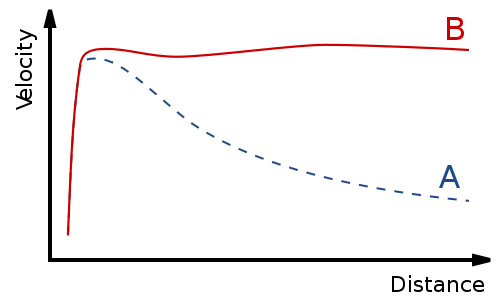
Yet More Evidence: Gravitational Lensing
Gravitational lensing is a beautiful and fascinating phenomenon in which light from a distance source is bent by a strong gravitational field. This is the result of space-time curving around a massive object as predicted by Einstein's theory of General Relativity. By looking at the distinctive patterns of gravitational lensing, astronomers can map out how matter is distributed. The results show that large amounts of dark matter are present.
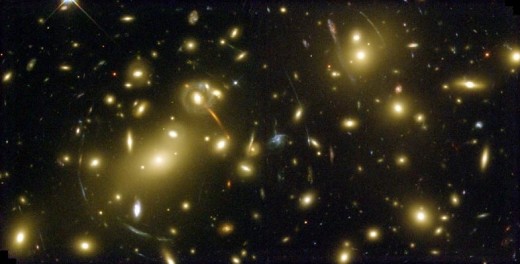
Other hubs on similar topics
- Where is all the antimatter? Mystery of matter-antimatter asymmetry
An introduction to the unsolved problem of why the universe contains so much more matter than antimatter. Could that antimatter be hanging around in the form of dark matter?
topquark works as a researcher in theoretical particle physics and blogs about research at The Particle Pen.
